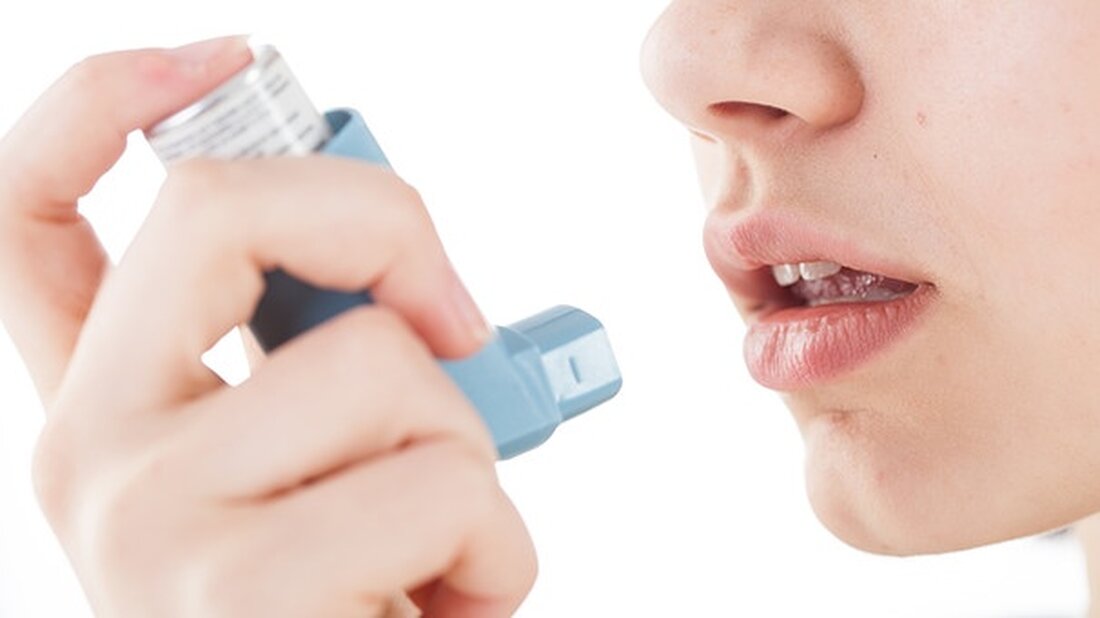Dangers from air ionizers: ozone
Dangers of Air Ionizer In this review, we will look at the pros and cons of air ionizer. At the end you can watch a video showing the advantages and disadvantages of air ionizers. Air ionizers have been around for many years. The success of the Sharper Image “Ionic Breeze” has made the term “ionizer” almost synonymous with the term “air purifier” for many people. However, there are many misunderstandings when it comes to the difference between ionizers, negative ions, ozone, ionic and what each one is about. Is an ionizer the same as ozone? No. They are not the same, but some ionizers can produce dangerous ozone...

Dangers from air ionizers: ozone
Dangers of the air ionizer
In this review, we will look at the pros and cons of the air ionizer. At the end you can watch a video showing the advantages and disadvantages of air ionizers. Air ionizers have been around for many years. The success of the Sharper Image “Ionic Breeze” has made the term “ionizer” almost synonymous with the term “air purifier” for many people. However, there are many misunderstandings when it comes to the difference between ionizers, negative ions, ozone, ionic and what each one is about.
Is an ionizer the same as ozone?
No. They are not the same, but some ionizers can produce dangerous ozone and that is where the confusion began. Let's define each type:
Air Ionizer Purifier– Any air purification device that uses positively and negatively charged particles to purify the air. This is usually achieved by creating an electrical charge over washable plates (which look like a cookie shape). Other commonly used names include electrostatic, electronic, Truman Cell, Ionic Breeze and others. But basically they are all the same. Air ionizers work like a magnet, the “charge” in the metal plates attracts dirt and contaminants, which are often either positively or negatively charged themselves.
The washable panels make it inexpensive to maintain (and cheap to produce, which is why they are very profitable), but they don't work well for anyone who wants to remove dust or pollen (as with allergies and asthma). Some air purifier ionizers can also be prone to producing dangerous ozone as a byproduct of the charged plates. More on this further down in the article.
Negative ion cleaner– Completely different from ionizers. Instead of attracting dirt and grime from charged plates, negative ion cleaners create free-floating negative ions that enter a room. These ions kill odors, deactivate gases and soot and create healthy air. Negative ions occur naturally in nature through trees and moving water and are needed to sustain life.
Ozone air purifier– Ozone air purifiers work by taking oxygen (oxygen has two molecules – called o2) and adding an unstable third oxygen molecule (making it o3). The third is a “free radical” that leaves the cleaner and floats into the room, where it breaks away from oxygen when it encounters mold and odors. Although it is very effective against mold and odors, ozone molecules can irritate or even damage sensitive lungs. Popular named models include Ecoquest (now Vollara) and Alpine (the original name before Ecoquest). Problems with the government over the lung problems led to the name changes.
Air ionizer that produces ozone
The problem with some air ionizer purifier machines has been that the washable panels (EX; Oreck XL and Ionic Breeze Air Purifier) often produce ozone even though they don't try to. It's just one of the effects of using loaded disks.
professionals
1 – Cheap (although many companies charge too much for it)
2 – You use conveniently washable plates
3 – They are good for smoke and smells
4 – Smokers: it works without Hepa filter costs
Disadvantages
1 – Does not work well on dust or pollen
2 – May produce harmful or irritating ozone
3 – No germ, virus technologies (such as ultraviolet)
4 – Often overpriced and promises results with allergens
Diploma
An air ionizer purifier is in the “fair” category, and to do a good job with pollen and dust, I would suggest an air purifier with HEPA and ionization. You can see examples of both in the video review.
Inspired by Mark E. Richardson

 Suche
Suche
 Mein Konto
Mein Konto
